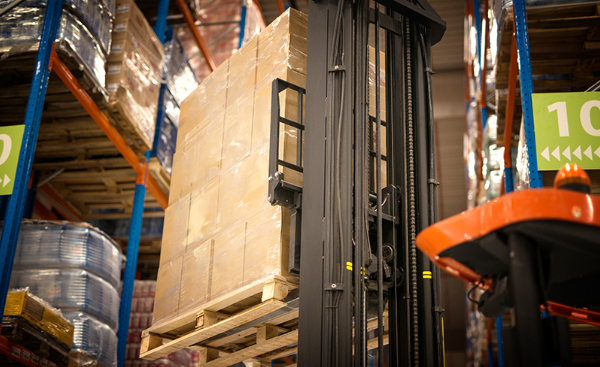Freight shipping plays a critical role in moving goods across regions and borders. Whether you’re exporting machinery, transporting sensitive equipment, or managing repeat shipments, one misstep in preparation can cause major delays, damaged cargo, or unexpected costs. The good news is that successful freight operations follow a clear set of practices. With the right planning and execution, shipping doesn’t have to feel like a risk. Here’s a reliable list of dos and don’ts used by every experienced cargo logistics company to ensure shipments move smoothly from origin to destination.
1. Do Choose the Right Packaging From the Start
Freight travel involves multiple handling points, shifting temperatures, and sometimes rough loading conditions. Protecting goods begins with choosing the right packing solution—especially for bulk, fragile, or heavy items. Wooden crates remain a go-to because they offer structure, stackability, and protection. Failing to use reinforced or fit-for-purpose packaging increases the chances of breakage. Don’t settle for generic packing when your cargo demands more security.
2. Don’t Underestimate Shipping Dimensions
Incorrect cargo dimensions can disrupt bookings or lead to rejections at transfer points. Measure everything accurately—length, width, height, and weight. Always include extra space for packaging materials. One exporter learned this the hard way when their oversized crate was denied space on a vessel due to a miscalculation. Accurate figures prevent delays and allow your logistics team to select the right vehicle or container size.
3. Do Label Clearly and Consistently
Labelling isn’t just about destination—it’s about handling. Labels should indicate weight, orientation, contents (where applicable), and any special instructions such as “Fragile” or “Do Not Stack.” This guidance helps handlers treat your cargo with care throughout its journey. A well-labelled crate also speeds up customs clearance, especially when aligned with correct documentation.
4. Don’t Skip Weather and Moisture Protection
Exposure to rain, humidity, or sea air can destroy valuable equipment. Every crate—especially those on open-deck transport or long sea journeys—should be protected with moisture barriers like shrink wrap, foil, or vapour-sealing. Desiccants are often added inside the packaging to keep internal humidity in check. Don’t assume a solid crate alone can stop condensation from harming sensitive cargo.
5. Do Coordinate With Your Logistics Partner Early
Freight success depends on timing. Provide schedules, cargo details, and destination specifics to your logistics partner as early as possible. The more context they have, the better they can route and consolidate shipments. Good communication also allows for contingency planning, such as rerouting or adjusting timelines if delays arise. An organised cargo logistics company works best with upfront collaboration.
6. Don’t Rely on Last-Minute Bookings
Rushed bookings can cost more and limit your freight options. During peak seasons or holidays, space becomes limited, and carriers prioritise confirmed clients with longer lead times. Book your shipments in advance to avoid last-minute scrambling and premium fees. One company that moved to monthly advance bookings reported smoother operations and fewer disruptions.
7. Do Verify All Export and Import Requirements
Every destination has its set of rules—from documentation and permits to packaging materials and inspection protocols. Failing to meet them can mean customs delays or rejections. Ensure your paperwork aligns with destination regulations and confirm that your packaging materials (like untreated wood) meet compliance standards. Work with professionals who keep these details in check.
8. Don’t Ignore the Route or Transfer Points
The shortest route isn’t always the safest. Some transit hubs may have rougher handling conditions, longer dwell times, or higher chances of delay. A seasoned freight coordinator will assess not just origin and destination, but what happens in between. Review routing plans and ask questions—it’s your cargo, and understanding the full path helps you make smarter decisions.
Success Comes From Mastering the Details
Freight shipping may seem complex, but most problems can be avoided by sticking to fundamental practices. With the right packing, accurate preparation, and open communication, your shipments will arrive safely, consistently, and without unwanted surprises. Whether you’re sending a single crate or managing a regular export line, these dos and don’ts serve as a trusted foundation for success.
Ship with confidence—contact Sin Chew Woodpaq today for professional packaging that supports reliable freight logistics.

